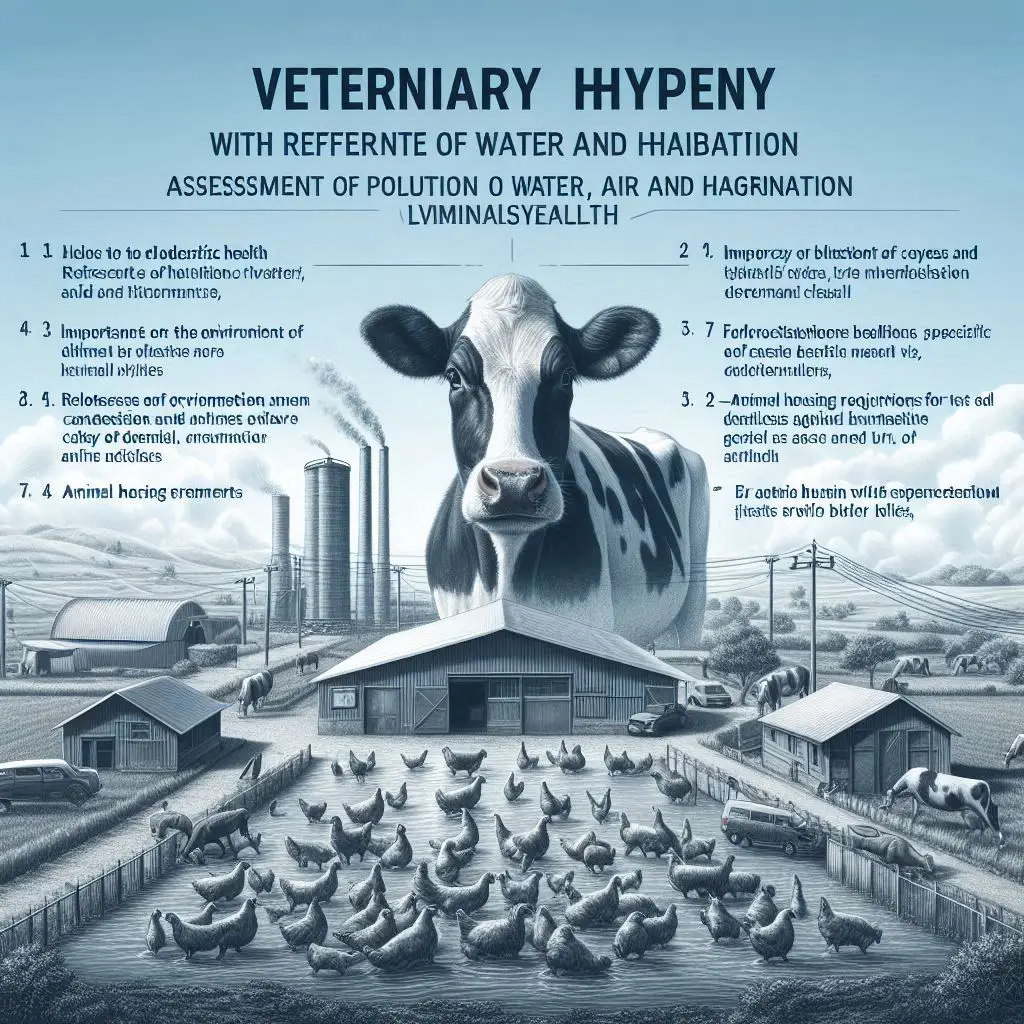Physiological Adaptations in Farm Animals

Physiological Adaptations in Farm Animals
Farm animals exhibit a range of physiological adaptations that enable them to cope with environmental stressors, particularly in the context of climate change. These adaptations can be categorized into short-term (phenotypic) and long-term (genetic) responses, which are crucial for maintaining homeostasis and optimizing productivity.
Heat Stress Adaptations
One of the most significant challenges faced by livestock is heat stress, which can adversely affect their health and productivity. Physiological adaptations to heat stress include:
Thermoregulation
Animals employ various mechanisms to dissipate excess body heat. This includes increased respiratory rate (RR), pulse rate (PR), and rectal temperature (RT) adjustments. These responses help manage heat loads through processes like sweating and panting. For more detailed insights, refer to the article on physiological adaptability of livestock to heat stress 1.
Morphological Changes
Breeds adapted to hot climates often have short, thin hair, lighter skin pigmentation, and a higher density of sweat glands. For example, cattle with lighter coat colors reflect solar radiation better than darker breeds, reducing heat absorption. This is discussed in detail in the article on adaptation strategies in ruminants 2.
Behavioral Adjustments
Animals may alter their feeding patterns and activity levels during peak heat periods to minimize heat production and enhance cooling.
Genetic Adaptations
Genetic factors play a crucial role in the adaptability of livestock. Indigenous breeds often show better resilience to local environmental stresses compared to crossbred or purebred animals developed in more controlled settings. This genetic variability enables certain breeds to thrive under specific climatic conditions, thereby enhancing their survival and productivity.
Impact on Productivity
While physiological adaptations are essential for survival, they can also lead to trade-offs in productivity. For instance, animals that are highly adapted to extreme conditions may exhibit lower overall productivity due to reduced feed intake and energy allocation toward maintenance rather than growth or reproduction. This phenomenon highlights the importance of balancing genetic selection for productivity with the need for resilience against environmental stressors.
Technological Advances
Recent advancements in sensor technology have opened new avenues for monitoring physiological parameters in farm animals. These technologies allow for real-time assessment of animal behavior and health, enabling better management practices that align with the adaptive needs of livestock. The integration of such technologies can enhance understanding of how animals respond to stressors, ultimately improving welfare and productivity. For more information on this topic, see the paper on sensing technology in adaptation physiology 5.
Conclusion
Understanding the physiological adaptations of farm animals is vital for developing effective management strategies that promote animal welfare and optimize production in changing environments. By focusing on both genetic resilience and practical management techniques, farmers can better equip their livestock to handle the challenges posed by climate change and other environmental stressors.
More from Veterinary Physiology:
https://wiseias.com/non-ruminant-digestive-organs/
https://wiseias.com/factors-affecting-meat-quality/
https://wiseias.com/extrinsic-factors-meat-handling/
https://wiseias.com/intrinsic-factors-affecting-meat-quality/






Responses